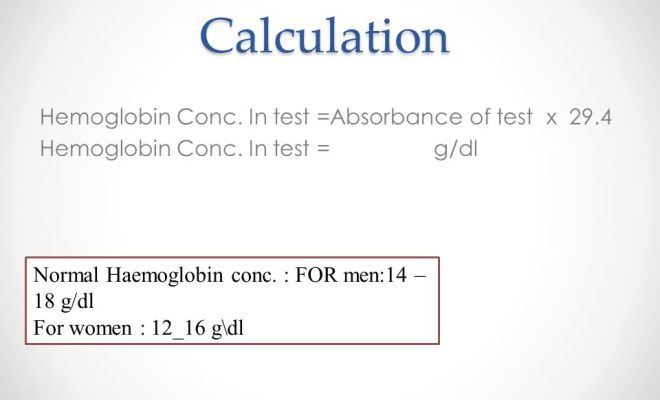How to Calculate the Square Root of a Number

The square root of a number is a value that, when multiplied by itself, gives the original number. It plays an essential role in mathematics, physics, engineering, and other fields that require precise calculations. This article provides an overview of different ways to calculate the square root of a number.
1. Manual Method (Long Division Method)
The long division method is a manual technique for calculating square roots that works well for smaller numbers or when you need a quick approximation. Follow these steps:
a. Group the digits into pairs, starting from the decimal point and working toward the left (whole numbers) and right (decimals).
b. Find the largest square smaller than the first group and place its square root above.
c. Subtract this square from the first group and bring down the next bunched pair of digits.
d. Double the result obtained after solving for x in step one and multiply it by ten: (x * 2) * 10.
e. Guess another digit y (y = 0 to 9) for which [(2x)*10 + y]*y <= remainder obtained in step c.
f. Update remainder and square root with new values: new remainder = old remainder – {[x(2)x+ y]x}, and new square root = {prevsq root}xy.
g. Repeat steps c through f until you have reached the desired level of precision or have included all digit pairs.
2. Exponentiation Operator
Using programming languages like Python or calculators, you can employ the exponentiation operator (**). The equation is:
sqrt(x) = x ** 0.5
where x is the number for which you want to find the square root.
3. Math Libraries
In various programming languages such as Python, C++, Java, etc., dedicated math libraries are available that provide built-in functions to handle complex calculations, including square root calculations.
For Python, use math.sqrt() function:
import math
result = math.sqrt(x)
For Java, use Math.sqrt() function:
double result = Math.sqrt(x);
For C++, user sqrt() function from the cmath library:
#include <cmath>
double result = sqrt(x);
4. Babylonian Method
The Babylonian method is an iterative algorithm that requires you to guess the initial value of the square root and then refine it step-by-step:
a. Take an initial guess (x0).
b. Calculate the next guess using the formula: x1 = (x0 + x/x0) / 2.
c. Iterate until the difference between successive guesses is smaller than a predefined tolerance level or after a certain number of iterations.
5. Estimation Techniques
You can estimate the value of a square root using techniques like Linear interpolation, Taylor series, and Newton-Raphson method. These methods offer varying degrees of accuracy and are often used in engineering and mathematical research scenarios.
In conclusion, there are several ways to calculate the square root of a number, each with its own advantages and limitations. Depending on your requirements and tools at hand, select an appropriate method to find the square root accurately and efficiently.






